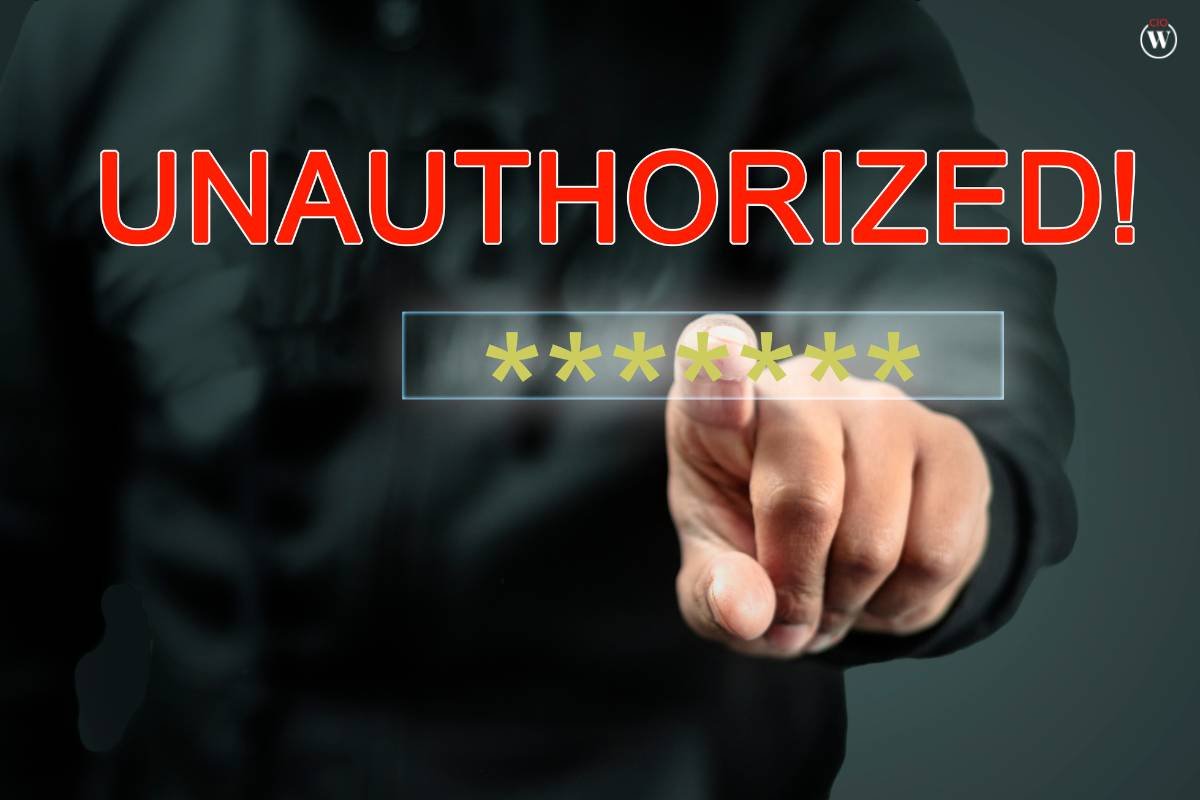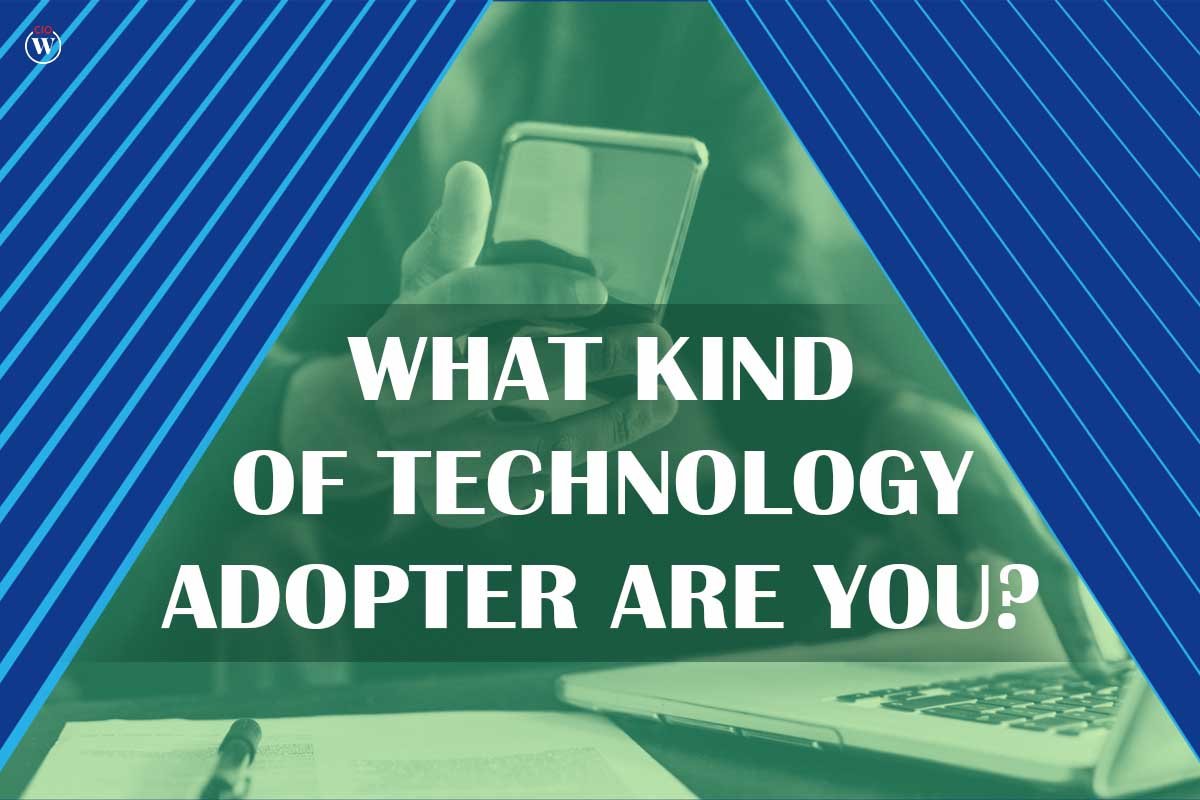The integration of technology has undoubtedly improved patient care and operational efficiency today. However, the digitization of medical records and the reliance on interconnected systems also pose significant challenges, particularly in terms of safeguarding sensitive patient data. This brings to the forefront the indispensable role of healthcare cybersecurity solutions in fortifying the confidentiality of information in the healthcare sector.
Understanding the Threat Landscape:
Healthcare organizations are prime targets for cyber threats due to the vast amount of sensitive data they store, including patient records, financial information, and intellectual property. The evolving nature of cyber threats, ranging from ransomware attacks to data breaches, necessitates robust cybersecurity measures. Healthcare cybersecurity solutions are specially designed to mitigate these threats, ensuring the integrity and confidentiality of patient information.
Preventing Unauthorized Access:
One of the fundamental aspects of healthcare cybersecurity solutions is controlling access to sensitive information. These solutions implement stringent authentication and authorization protocols, limiting access only to authorized personnel. Multi-factor authentication, encryption, and secure login processes are integral components that help in preventing unauthorized access to confidential patient data. By employing these measures, healthcare organizations can significantly reduce the risk of data breaches.

To bolster prevention efforts, healthcare cybersecurity solutions often employ advanced identity management systems. These systems go beyond traditional username and password combinations, incorporating biometric authentication methods such as fingerprint or facial recognition. The integration of biometrics enhances the security posture by adding an additional layer of verification, making it more challenging for malicious actors to gain unauthorized access.
Securing Electronic Health Records (EHRs):
Electronic Health Records (EHRs) have become the cornerstone of modern healthcare management. However, the centralized storage of vast amounts of patient data in EHR systems makes them attractive targets for cybercriminals. Healthcare cybersecurity solutions play a pivotal role in securing EHRs by encrypting the data both during storage and transmission. This encryption ensures that even if unauthorized access occurs, the intercepted data remains indecipherable, maintaining the confidentiality of patient records.
In addition to encryption, healthcare organizations leverage access controls within EHR systems. Role-based access ensures that healthcare professionals only have access to the specific information required for their duties. Granular access permissions, coupled with regular audits, contribute to a secure EHR environment, minimizing the risk of internal threats and unauthorized data access.
Detecting and Responding to Threats:
The ever-evolving nature of cyber threats demands a proactive approach to cybersecurity. Healthcare organizations need to implement solutions that can detect anomalies and potential security breaches in real time. Advanced threat detection mechanisms, such as artificial intelligence and machine learning algorithms, analyze patterns of behavior to identify unusual activities. This proactive approach allows for timely responses, enabling healthcare organizations to contain and mitigate the impact of security incidents before they escalate.
Healthcare cybersecurity solutions often integrate Security Information and Event Management (SIEM) systems. SIEM solutions provide real-time analysis of security alerts generated by applications and network hardware. By correlating data from multiple sources, SIEM systems can identify patterns indicative of a potential cyber threat. This early detection capability empowers healthcare organizations to respond promptly, preventing or minimizing the damage caused by security incidents.
Ransomware Protection:
Ransomware attacks have become a significant concern for healthcare institutions, with cybercriminals exploiting vulnerabilities to encrypt critical data and demand hefty ransoms for its release. Healthcare cybersecurity solutions include robust ransomware protection measures, such as regular data backups, network segmentation, and real-time monitoring for suspicious activities. These measures not only help in preventing ransomware attacks but also facilitate the timely recovery of data in the unfortunate event of an attack.

To enhance resilience against ransomware, healthcare organizations conduct regular simulated exercises known as tabletop exercises. These exercises simulate a ransomware attack scenario, allowing the organization to test its incident response and recovery plans. By identifying potential weaknesses and refining response strategies, healthcare entities can better prepare for the evolving tactics employed by cybercriminals.
Ensuring Compliance with Regulations:
The healthcare industry is subject to a myriad of regulations and compliance standards, such as the Health Insurance Portability and Accountability Act (HIPAA) in the United States. Healthcare cybersecurity solutions are designed to ensure compliance with these regulations by implementing security controls and measures that align with the specified guidelines. Compliance not only protects patient information but also shields healthcare organizations from legal repercussions and financial penalties.
Achieving and maintaining compliance involves continuous monitoring and adaptation to evolving regulatory frameworks. Healthcare cybersecurity solutions routinely update their features to align with the latest regulatory requirements. This includes incorporating encryption algorithms and access controls mandated by healthcare regulations, ensuring that organizations stay ahead of compliance challenges in an ever-changing landscape.
Educating and Training Healthcare Personnel:
Cybersecurity is a collective responsibility that extends beyond the capabilities of software solutions. Healthcare cybersecurity solutions include training programs to educate healthcare personnel about the potential risks and best practices for maintaining the security of confidential information. By creating a cybersecurity-aware culture within healthcare organizations, employees become the first line of defense against cyber threats, enhancing overall security resilience.
Training programs encompass a range of topics, from recognizing phishing attempts to securely handling patient data. Regularly updated training modules reflect the latest cybersecurity threats and tactics, ensuring that healthcare professionals are equipped with the knowledge and skills needed to navigate the evolving landscape of cyber threats.
Securing Connected Medical Devices:
The proliferation of connected medical devices, from IoT-enabled wearables to advanced medical equipment, introduces new vectors for cyber threats. Healthcare cybersecurity solutions extend their protective umbrella to cover these devices, implementing measures to secure communication channels, authenticate device access, and regularly update device software for patching vulnerabilities. This holistic approach ensures that the entire healthcare ecosystem remains resilient against cyber threats.
Connected medical devices often have unique security challenges, requiring specialized solutions. Healthcare cybersecurity measures for these devices may include network segmentation to isolate them from the main network, continuous monitoring for unusual behavior, and the implementation of security frameworks specific to medical device cybersecurity. By addressing these challenges, healthcare organizations can fully harness the benefits of connected devices while minimizing associated security risks.
Incident Response and Recovery:
Despite the best preventive measures, no system can be completely immune to cyber threats. Healthcare cybersecurity solutions include robust incident response and recovery plans to minimize the impact of security incidents. These plans outline the steps to be taken in the event of a breach, ensuring a swift and coordinated response to contain the threat, assess the damage, and facilitate the recovery of affected systems and data.

Incident response plans involve collaboration between IT professionals, legal experts, and other stakeholders. Regularly testing these plans through simulated exercises enhances their effectiveness and ensures a well-coordinated response in the event of a real security incident. Post-incident analysis and documentation contribute to continuous improvement, refining incident response strategies based on lessons learned.
Conclusion
In the digital era, where healthcare organizations increasingly rely on technology to enhance patient care, the importance of healthcare cybersecurity solutions cannot be overstated. The ever-evolving threat landscape requires a comprehensive and proactive approach to safeguarding confidential information. By integrating robust cybersecurity measures, healthcare organizations not only protect patient data but also uphold the trust and integrity of the healthcare system as a whole. As technology continues to advance, the ongoing development and implementation of healthcare cybersecurity solutions will remain paramount in preserving the confidentiality and security of sensitive healthcare information.








